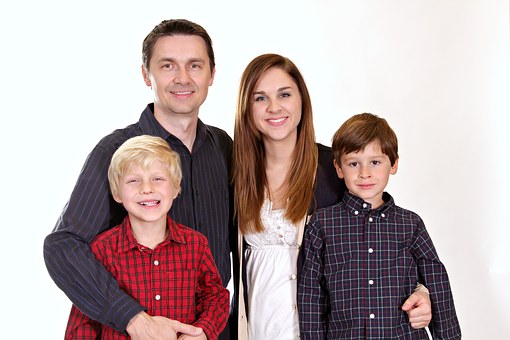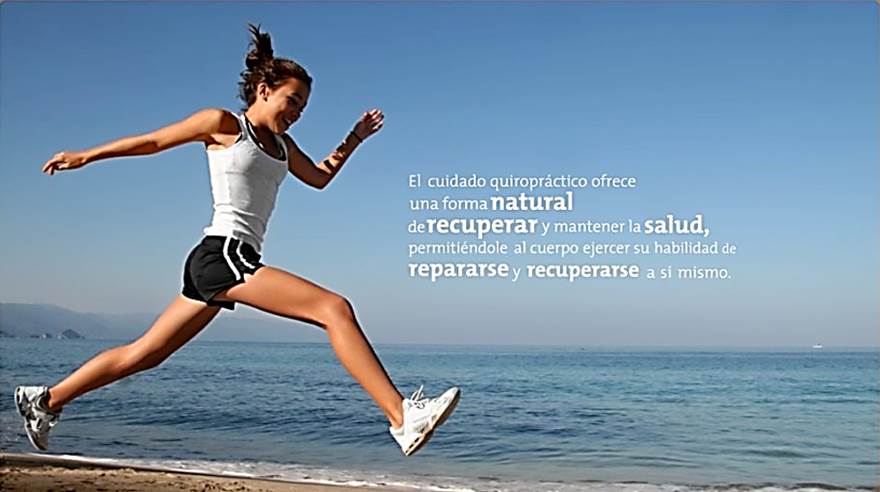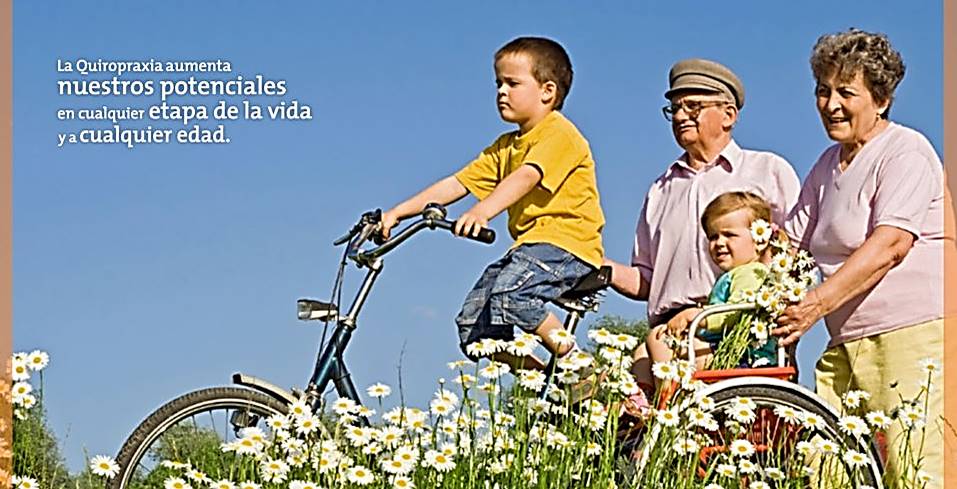The article below is philosophical. It relates educational paradigms, advances and illusions to analogies relevant to the perception of the chiropractic profession.
In reality things are not always what they appear to be. We learned this lesson very well in Dr. Seuss’s landmark book, The Cat in the Hat, as taught by the dodgy “things.” “Thing One” was not really the character we believed he, she (or it) was, not to mention the other devious and disorderly, “Thing Two.” The elusive “things” can serve as a useful microcosmic mirror on reality when one considers that neither “Thing One” nor “Thing Two” were real, outside of the confines of the story book. Or were they?
Is it not arguable however, that at least in the context of this discussion, their immaterial existence has been exhibited?
In the story Thing One and Thing Two trashed the house while the incredulous children looked on and although it was truly convenient when all of their damages were miraculous reversed by the inimitable cat; the sudden turnaround sheds doubt on the validity of the scenario. How could a shattered glass vase instantly be rendered intact? Yet in the paradigm of the “toon” Roger Rabbit can be flattened by a truck and survive without a scratch and Wily Coyote can fall off the edge of a cliff, plummet a thousand feet, splat into a small cloud of dust, then walk away unscathed. However, in reality our confidence is often shaken when what we see, hear, touch, taste and smell turns out to be fallacious. Naïve realism is the term that describes the belief that we can trust our senses, yet we know that Harry Houdini built his impressive career on the knowledge of just how unreliable perceptions like “seeing is believing” can be.
Dr. Seuss, who stirred a whole new paradigm in education with his Cat in the Hat, was actually not Dr. Seuss, he was Theodor Geisel. Previously “Dick and Jane” primers taught generations of Americans to read until the year 1957 when an academic revolution of thought and action took place. In the 1950’s a curious notion amongst some pedagogues was that, “Johnny can’t read.” Believing that “Dick and Jane” were too boring, William Spaulding, the director of Houghton Mifflin's educational division, was seeking to find more interesting ways to stimulate children to want to read. He assigned the task of writing a new primer for school children to Geisel. Geisel responded by creating the famous irreverent picture book based in rhyme, chaos and mayhem.
If success is measured in sales and popularity then the book was an overwhelming success, as have been many other subsequent Seuss publications. Also worthy of reflection is the fact that the book consisted of only 236 simple words. Now that 50 years have passed it might be interesting to study the question of whether first graders in the post-cat paradigm have become better readers than those of the pre-cat paradigm. Anecdotal commentary suggests that the outcomes may not be exactly what educators had in mind as many parents and teachers alike are wondering today why kids can no longer read.
The reader may wonder what is to be gained by casting a shadow on perceived reality. How is there chiropractic relevance in focusing on our doubts or denials about actuality? This short exploration of contrasting paradigms demonstrates some practical analogies.
Those who know tell us that we live on a planet that is the tiniest sliver of a universe so full of contradiction and inconsistency that nearly every time we learn something new we are astounded by how little we really knew before. On the cosmic scale we were stunned just a short while ago to learn that Jupiter, the largest planet in our solar system, turned out to be the least solid. Prior to deep space probes the theory of an immense gaseous planet was received with skepticism and ridicule. Being astounded by new reality has become the norm, yet the habitual arrogance so often displayed in scientific circles is both peculiar and incongruous considering that the road to discovery is intended to take one to new places. Perhaps it is due to frequent disappointments or unexpected obstacles, but the scientific community, charged with uncovering new information, tends to be the most leisurely and cynical group when it comes to changing how it thinks about the revealed enlightenment. Einstein was noted for observing that “the atomic age has changed everything, except our way of thinking.” Aristotle, the father of the biological sciences, is better known as a philosopher and history is full of examples of scientists fitting better in their philosopher hats than their scientist hats.
In returning to the point, we exist in a world not of absolutes, but of relativities. We are more comfortable with absolutes, yet the further we go through life the more relative it all becomes. We engage in science to gather information and study philosophy to make sense of the information and value it in terms of reality. The introduction of new actualities inevitably leads to contradictions with prior beliefs and approaches. So fast does new information come today that we can no longer afford the leisurely about face and resistance to new ways of thinking. Contradiction and conflicting ideas should be evaluated based on their intrinsic value rather than based on how comfortably they fit into our old ideas. All of this underscores the crucial role of philosophic evaluation when new evidence is revealed. It’s not enough to uncover new reality, but to interpret and put it to appropriate use is the really critical matter.
Another critical matter is the use of an appropriate relevant lexicon. Oppressive regimes typically engage techniques to perpetuate their power and key amongst these is the control of language. In George Orwell’s frightening futuristic work, 1984, the domination of the people was dictated through acceptable language using government controlled “newspeak.” The Ministry of Truth’s “newspeak” held little regard for the actual meaning of words. The Ministry often gave words circuitous meanings that contradict the original meaning or idea. “Thought police” and “Big Brother always watching you” created an environment of totalitarian control over the populace in which individualism was stifled and a severely narrowed vision of human potential became the manageable norm. In the chiropractic profession the careless use of terminology is just as much a recipe for disaster. We see chiropractic newspeak emerging in cavalier fashion as the typical argument suggests that by using the words that are familiar we can somehow better communicate with persons outside of the profession. For example, “manipulation” is clearly not synonymous with “chiropractic spinal adjustment,” yet this incorrect usage is so pervasive that few individuals remain aware of the essential distinction. The seeds of unthinking conformity have the same effect on the vision of the people whether in the Orwell’s newspeak or a chiropractic profession compelled to abandon its lexicon in favor of conformity.
Four-hundred years ago the Monacan Indian Nation were recognized by Capt. John Smith on the settlement map of Jamestown, Virginia. Aside from other injustices that Native Americans have endured, the Monacans have suffered an unusual additional indignity. In 1924 the State of Virginia tinkered with language and thereby “stripped the tribe of its identity”. Exercising the power of the majority, the state’s legislature passed the Racial Integrity Act. Since that time Indians could only be designated as "white" or "colored." Physician Walter Plecker, a white supremacist in power at the Virginia Bureau of Vital Statistics, eliminated the Monacan Indian identity by systematically changing one word. All were reclassified as “negro” or “mulatto.” Today these people who lived there for thousands of years before the first white settlers arrived are in a struggle with the United States government to become recognized as an Indian tribe. The lesson is clear, words do matter and they have far reaching impact.
When the objective is clear then the terminology tends to be clear, too. Conversely when the lexicon becomes confused many become confused about their objective. The importance of precise language can hardly be overemphasized. Vertebral subluxation is a clearly delineated entity whose classic definition has four components (misalignment of a vertebra, occlusion of an opening, pressure upon nerves, and interference with the transmission of mental impulses). To date, the first three of these components have an abundance of science to demonstrate their presence. The science to demonstrate the presence of the mental impulse is yet to surface, but there are investigators discussing ideas which may set the direction for studies to elucidate this component.
Straight chiropractic is centered on vertebral subluxation for a purpose. It is not enough to say that the evidence base exists to document that people benefit from chiropractic care. Benefits of chiropractic care, whether perceived by the patient or not, when based in symptoms and other conditions miss the point. What about the benefits that the evidence base fails to speak to? The point is that the evidence base only begins to have value when the existent evidence is relevant to vertebral subluxation. In the case of contemporary chiropractic very little attention has been focused directly on the vertebral subluxation. If one does not investigate a particular subject then one could not be expected to compile relevant evidence one way or the other. One might pragmatically say that because there is a paucity of evidence related to vertebral subluxation, that the concept is in and of itself invalid. The absurdity of such an argument is apparent, yet the term, “evidence based” sounds so good that without a closer look the logical error can be hard to spot.
We live in a world where the reality of most chiropractic practitioners and the public is that chiropractic is about back pain and a few other minor musculoskeletal conditions. That “reality” would insist that there is nothing more than this limited vision. This “reality” will prove as false as the paradigm of the cat. Its sleight of hand surreptitiously conceals the potential impact that a loftier vision could produce.
The need to shed more light on the vertebral subluxation is apparent. Many thousands of chiropractors have been told by countless chiropractic patients that the benefits of chiropractic care are profound and that these benefits go far beyond simple improvement of their musculoskeletal aches and pains. When chiropractic patients have such great vision for the value of chiropractic care, we can contrast it with the majority view of the chiropractic profession whose vision is myopic in comparison. This discrepancy demonstrates the need for more investigation, directly relevant to the vertebral subluxation. Considering the relative resources of the profession and the costs of this type of research it is apparent that a vertebral subluxation centered paradigm must be advanced so that more resources can be realized and focused on that which is truly relevant. An expanded relevant base of evidence will give further details about the nature of the vertebral subluxation and to encourage the development of more objective means of identifying and correcting vertebral subluxations. The reader is invited to consider the far reaching impact that this endeavor can produce.
References:
1. Fifty years of ‘The Cat in the Hat’, by Lynn Neary, Morning Edition, National Public Radio, March 1, 2007.
2. 1984, by George Orwell, Harcourt, Brace and Company, Orlando, Florida, 1949.
3. Virginia's Monacan Indian Nation Seeks Recognition, All Things Considered, National Public Radio, March 25, 2007
This article originally appeared in the quarterly magazine, “Straight From Sherman,” published by Sherman College of Straight Chiropractic, Spartanburg, SC
(This article reprinted with permission of Sherman College
























